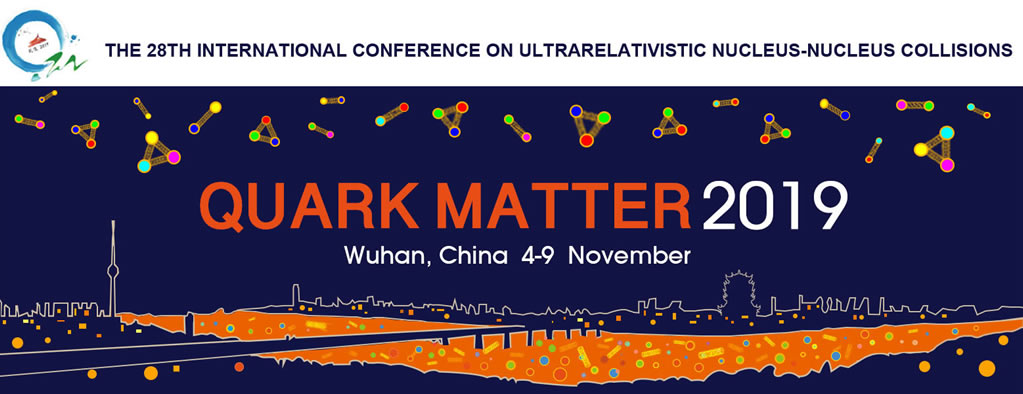Speaker
Description
Jet quenching refers to the energy loss of partons due to interactions with the Quark Gluon Plasma (QGP) in relativistic heavy-ion collisions. It generally modifies measured jet spectra as well as substructure, including the fragmentation pattern and radial distribution of transverse momentum ($\it{p}_{T}$) inside the jet relative to jets in vacuum. In this talk, we report measurements of the differential jet shape and semi-inclusive jet fragmentation functions of quenched jets in Au+Au collisions at $\sqrt{s_{\mathrm{NN}}}=200$ GeV with the STAR detector at RHIC.
Based on the semi-inclusive population of jets recoiling from a high-$\it{p}_{T}$ trigger hadron, the fragmentation functions are constructed from the fraction of the transverse momentum of charged particles projected onto the jet axis over that of the jet. The mixed-event technique along with the semi-inclusive approach is further developed for the fragmentation measurement, and applied accordingly to isolate contributions from hard-scattered partons. We attempt to correct for uncorrelated background effects and instrumental effects in the fragmentation functions, and will present preliminary results for central and peripheral collisions. Similarly, the differential jet shapes are constructed by summing the charged particle yields in radial distance from the jet core weighted by $\it{p}_{T}$ of the corresponding charged particles. The presented results will extend the kinematic range offered at the LHC to lower $\it{p}_{T}$ and demonstrate whether there is a modification and a broadening of the jet profile at RHIC energies. We explore the dependence of the jet shape on centrality and jet size ($R$) and further expand the analysis as a function of the event plane angle (defined by the beam direction and the vector of the impact parameter) to investigate the path length dependence of medium modifications to the jets and their associated hadrons.




